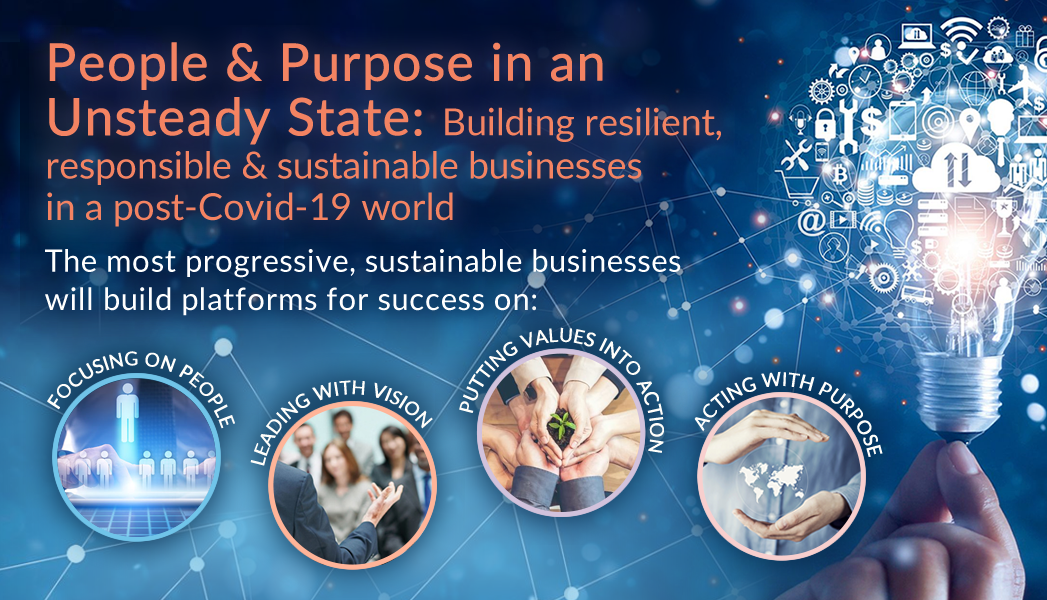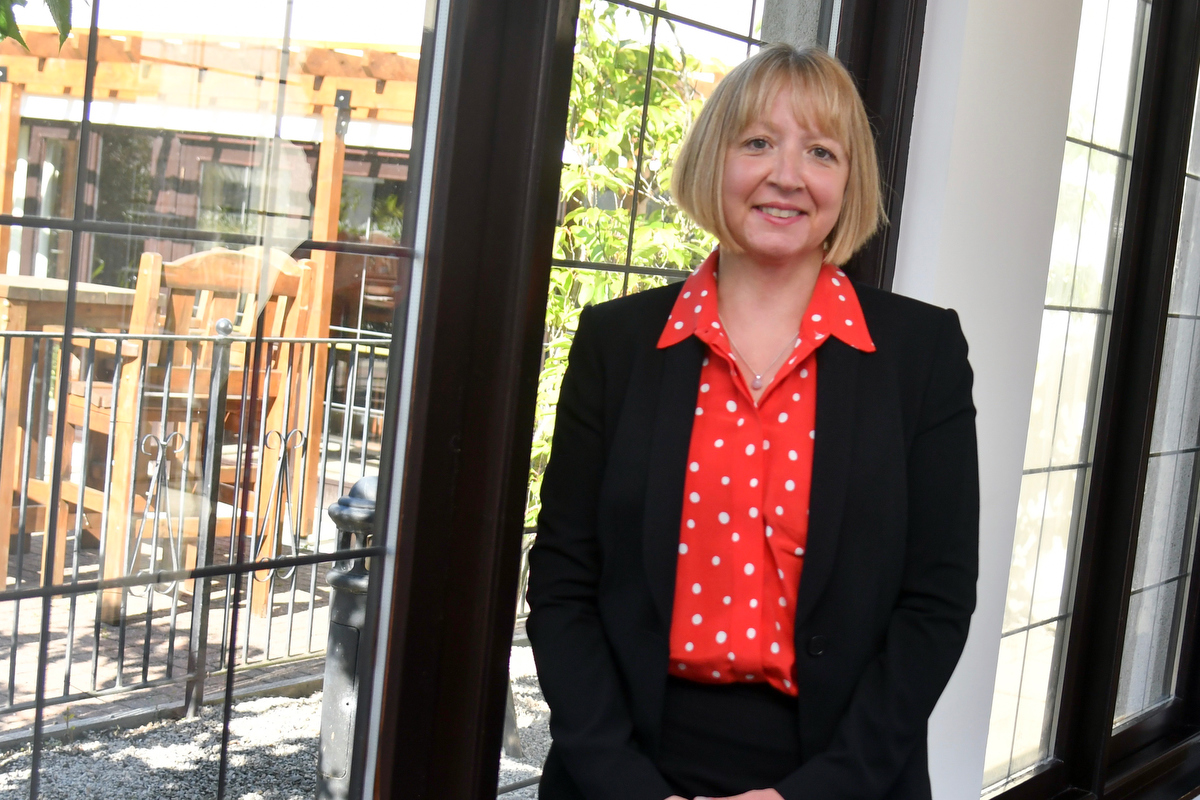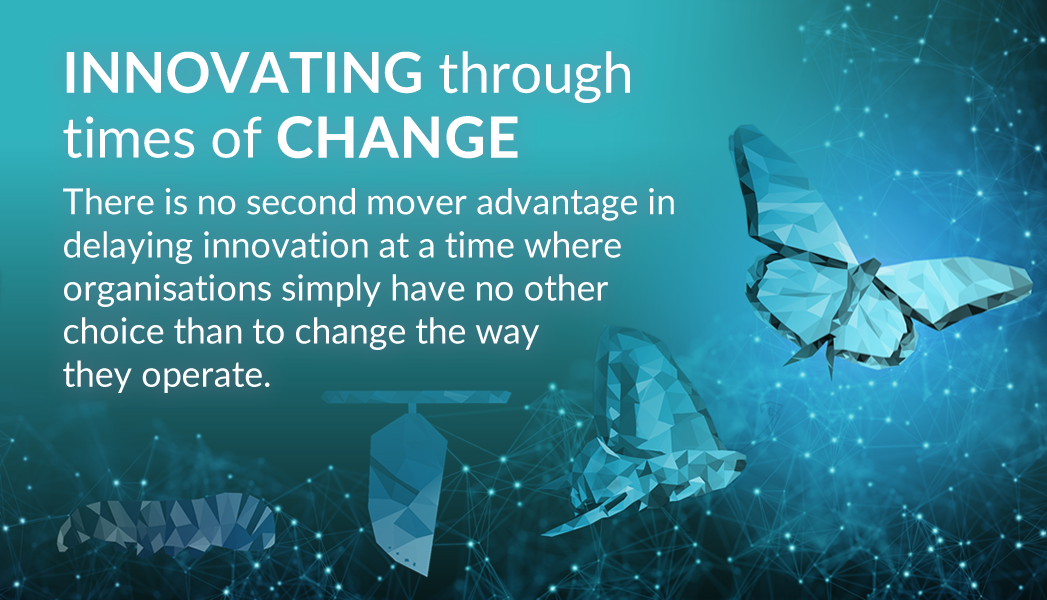
Agile working environments often include open plan offices, close-knit teams and lots of impromptu discussions. Encouraging collaboration both between developers and with other business people is a great way to aid producing valuable software. But it’s important to remember that at the heart agile puts people over processes. Without an opportunity for some quiet time to recharge and focus, it can be extremely draining for introverts.
I’m a big advocate of agile methodologies and really value the benefits of teamwork and collaboration however I’ve been in many meetings where I feel like I’ve not had the opportunity to contribute, and finished a lot of meeting-filled days feeling tired and unproductive.
In this blog post I’m going to discuss some of the things within agile that I have found do and don’t work from an introvert’s perspective.
What’s an introvert anyway?
Carl Jung described introversion as an inward turning of energy and extroversion an outward turning of energy. More recently psychologists have speculated that instead of being turned inwards introverts are less driven by the prospect of reward than an extrovert. One common theme I noticed across all definitions is that it centred around energy – what energises you and what drains you?
You may identify with some introverted personality traits and not others. It’s a spectrum and the majority of people are somewhere in the middle. In the words of Jung, “There is no such thing as a pure introvert or extrovert. Such a person would be in the lunatic asylum.”
Some common traits that differentiate between an extrovert and introvert are:
– Having large social networks vs valuing close one-on-one relationships
– Thinking out loud vs thinking before speaking
– Making quick decisions vs needing time to reflect and think
– Thriving in team-oriented and open work setting vs preferring to work in quiet, independent environments
– Enjoying being the center of attention vs finding it exhausting
Neither is better than the other, they both have their advantages and your introversion/ extroversion inclination only makes up a small part of your personality. However, as Susan Cain argues, western culture can often seem to value extroverted qualities more than introverted. This encourages introverts to deplete their energy store quickly by trying to fit into an extroverted way of life.
So how can you ensure that your team gets the most out of Agile ceremonies?
It’s important to make sure no team member is too burnt out from meetings and ceremonies to be productive in their work.
I’m going to discuss some ceremonies that agile teams commonly undertake (standups, planning and retrospective) and how they might feel from an introvert’s perspective, based on personal observations, discussions with other people and things I’ve previously read about.
Agile is largely aimed at building more productive and effective teams that are individual-centric so it’s always important to consider what works best for your team. There’s no right way that works for every team.
Stand Ups….
Stand ups can take a number of formats; for example, asking each team member the questions “What did you do yesterday?”, “What are you doing today?” and “Any blockers?”. This is great for introverts who don’t like to be put on the spot, it always follows a strict format which can be easily prepared for ahead of time, if needed.
The key thing here is that there is a structured format, giving everyone a chance to prepare their contribution. So try and avoid stand ups that are just an open floor for having a chat, you might find that it is only a few members of the team that end up giving their updates.
Another format I have found works well for the same reasons is “Walking the Wall”, which is where you go through all the stories or tasks which are “in progress” (i.e. out of the backlog but not yet done) and get an update from the owner of the story.
Also try and avoid letting stand ups get hijacked into full blown discussions about things, you can always ask to “Take things offline”. Stand ups are great for surfacing problems/ blockers but then schedule a separate time to discuss them with the relevant people, giving everyone a chance to prepare for that separately.
Planning….
Most planning sessions I have been a part of tend to consist of a story or task being presented and then an open discussion between the team about it followed by assigning points to the story. This unstructured format can be a challenge for some introverts.
Generally, introverts like to have more time to think through ideas and problems to solidify thoughts before speaking out in front of a big group. If you haven’t been involved in preparing for planning, the discussion point will often be new information, rather than giving people this time. While introverts can take longer to process information they could come up with problems or insights around a task that others may not have considered and it would be a shame for your team to miss out on them.
If the facilitator knows what will be discussed in advance and then sends a message to the team highlighting this, it gives introverts a chance to gather their thoughts and prepare questions beforehand. I personally always like to spend a bit of time preparing before a meeting, even if they are very casual and routine. I find I get the most out of them and can contribute more when I have this opportunity.
Open discussions generally tend to lend to extroverts doing most of the talking. It is often said that introverts think before talking, whereas extroverts talk to think and some research claims that during a typical six person meeting, two people will do more than 60% of the talking. This can be self-perpetuating, if you are finding it hard to contribute you might feel disheartened and be put off. This can in turn lead to more extroverted people feeling like they need to talk more as other people are not, when in reality introverts may just need a bit more time to think things through before talking.
Try to be aware if the conversation is being dominated by one or a couple of people and ask around the room for other opinions. Anyone can do this, not just the facilitator. You don’t always have to fill the silences, sometimes people are just thinking for a minute.
Retrospectives…
In my experience, retros have loads of good formats for introverts and extroverts alike. They often mix in quiet time to reflect and personally brainstorm and then some time for an open conversation to discuss the ideas people come up with.
Mind writing is a great way to start off, this is where you take some time for everyone to come up with ideas or thoughts on post it notes (virtually or physically) and then share them. If there is a specific goal or theme of the retro it can also be helpful to share this around beforehand for people to think about.
When it comes to an open discussion about some of these things, maybe give people a minute or so to think it through. As previously mentioned, extroverts tend to talk to think, so they might just go straight into the discussion leaving other people no opportunity to think. If you do find that only some people in your team seem to be contributing a lot in retros, you can try to have more structured discussions. Maybe go round the room and let everyone give their initial thoughts on a topic so that every team member has a chance to contribute if they want to.
I have also found in the past that sometimes the conversation moves on before you have a chance to make your point and then it seems irrelevant. So as a facilitator I think it’s important to try and not to let the conversation move on without checking in with anyone else to see if they had anything they wanted to say. If some people haven’t had a chance to speak in a while and only a couple of people have been owning the conversation maybe cut them off and check in with everyone else.
It’s always good to get feedback on how comfortable people felt contributing, especially with new formats. How often did you have a point to make but didn’t have an opportunity to say it?
Everyone’s different – and that’s OK
Everyone is different and we thrive in different situations, two introverts may respond totally differently to the same situation so it’s important to try and work out what works best for the individuals in your team. Be aware of your teammates and how they might be feeling, if someone isn’t contributing much or doesn’t seem engaged in a certain meeting maybe you could try mixing up the format then getting feedback from everyone to see if it works.
It’s fine to be an introvert, you don’t need to change your personality or exhaust yourself trying to fit into an extroverted way of life. Just be open with your team if things aren’t working or if you want to mix things up. A retro can be a great opportunity to bring up if a particular part of your team’s process isn’t working for you.
If you would like to read more from our blog, you can visit our most recent posts here.









